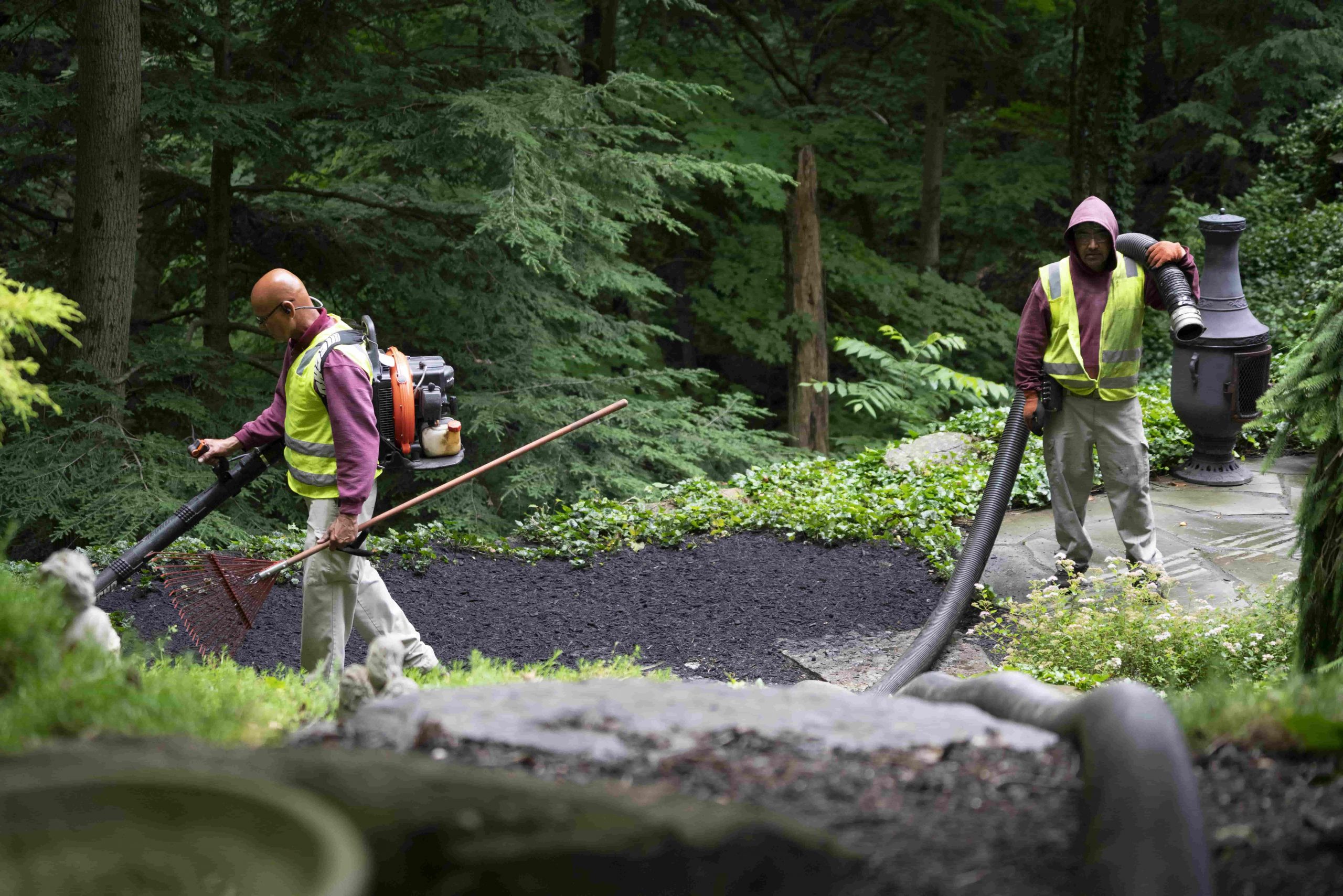Hiring a subcontractor is a big decision for any landscape business owner.
Making the right choice can save you time, allow you to offer more services, and be a mutually beneficial experience. Making the wrong choice can be a costly waste of time and lead to dissatisfied customers.
What makes a good subcontractor?
There are a few basic things to consider when you’re hiring a subcontractor. But beyond that, you’ll want to trust your instincts. Even if the person looks perfect on paper, meet them in person. You’ll need to trust this person and develop a good working relationship. If something feels off, the two of you might not mesh well. And that’s not a working relationship you want to have long-term.
Insurance
Always ask to see a subcontractor’s certificate of insurance. Make sure their coverage is up to date and includes liability and worker’s comp. This will help protect you if the subcontractor makes mistakes or injures themselves.
Licensing
The rules and regulations of subcontractor licenses vary based on location. Be sure that the subcontractor is licensed for the work you assign.

Experience
Because you’re putting a lot of responsibility on the subcontractor, you need to make sure that they can handle the job. They are representing your company after all. We recommend that you look for someone who has at least 4 years of experience in the landscaping industry and has at least one year of experience working as a foreman.
References and work samples
Ask for references. The subcontractor should be able to provide you with 3-4 references that you can contact directly. Be sure to actually reach out and ask relevant questions – did the subcontractor do good, timely work? Did they act professionally? If you’re hiring for a specialized job, be sure to get references that point to the quality of this work.
Professional staff
Will the subcontractor be bringing on their own team to help do the job? If so, you want to make sure that the staff is trained, licensed, and insured.

Create a contract that works
Write a contract between yourself and the subcontractor. In the contract, be specific about the job, how much you will pay, who is responsible for equipment, staff, and everything else. Include sections on rework, repairs, and customer communication. Agree on what the consequences of a delay are – and what is controllable by the subcontractor and what isn’t.
Clarity is vital here. Many great working relationships have been ruined by unclear contract terms.
After you hire the subcontractor
You’ve found the perfect subcontractor and hired them. Now it’s time to put them in the best position possible to succeed. Give them the information they need to do great work. And you’ll have to find a management style that works for both of you. Some subcontractors want to operate independently– and some want more guidance.
Just remember, you hired this person to take work off of your plate – not add to it.
Walk the site
Don’t rely on job notes. They’re important and valuable, but the project is much more likely to be successful if you go out to the site with the subcontractor. You don’t want them guessing on what is their responsibility and what isn’t. It also gives them a chance to ask specific questions, raise concerns early, and develop a plan with you.
Set up communication expectations
Agree on the best way to communicate. Maybe it’s text messages for small things and more formal email for larger questions. Maybe you’d like to have a weekly meeting to discuss progress and remove blockers.
The important part is that both of you understand what to expect in terms of check-ins and ongoing communication.

Maintain customer relationships
Make sure you keep an open line of communication with your customer. The subcontractor is going to be on the site much more, and it might be natural for your customer to approach them with concerns and questions.
This can get sticky when it comes to project scope changes, scheduling, and other potential problems. Ensure that both your customer and the subcontractor know that you need to be the main point of contact.
Document everything
Create a special file where you keep every communication, invoice, contract, license, and certificates. When you have phone conversations, follow it up with a written summary of what was discussed and any changes to the job. This makes it much easier to solve disagreements and provide documentation when needed.
After the job is done
Hopefully everything went smoothly during the job. Ideally, the subcontractor was pleasant to work with, competent, and professional. Even if you had the best experience possible, there are a few more things to do.

Do a walkthrough
Check the job thoroughly. Make sure that the customer is satisfied with the final product and isn’t asking for rework. Bring a copy of the contract and check off each item as you inspect them.
Maintain the relationship
Hopefully the subcontractor enjoyed working with you and your team. Be sure to pay them promptly and share any compliments you received from the customer. If the relationship was fruitful for both parties, you have a go-to person for future work. And they have a company that they can recommend to their future customers.
With LMN’s suite of tools, managing subcontractors is a breeze. We understand the unique problems that landscapers have with subcontractors because we’ve been there. LMN was built by landscapers, for landscapers.
Set up a demo to learn how LMN can help you optimize your processes and improve your profit margins.
Get a Demo


